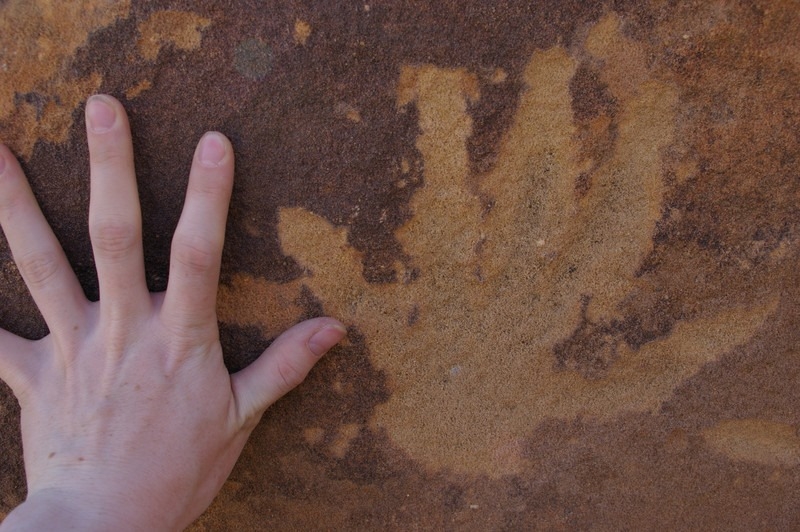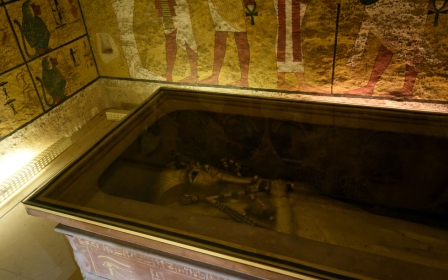Saudi and British archaeologists dig up 90,000-year-old middle finger

Archaeologists have discovered the oldest human bone ever found in Saudi Arabia, digging up part of a middle finger dating back 90,000 years.
The discovery was part of a joint project begun in 2012 by scientists from Saudi Arabia and the UK’s Oxford University.
The discovery was announced late on Wednesday by the head of the Saudi Commission for Tourism and Antiquities, Ali Ghabban.
“The Green Arabia project has studied sites at ancient lakes in the Nafud desert,” Ghabban said, referring to an area in the north of the Arabian Peninsula.
Ghabban said that excavations at the Taas al-Ghadha site, close to the northwestern city of Tayma, suggested human habitation stretching back up to 325,000 years.
The bone that was discovered during the dig is the middle part of a middle finger belonging to a human being who lived some 90,000 years ago, making it the oldest physical trace of human habitation discovered in the area.
Al-Arabiya, a state-owned Saudi newspaper, reported in its English edition that the bone was the “world’s oldest”.
However, the oldest bone belonging to a member of the Homo genus, the lineage that ultimately led to modern human beings, is a jaw bone discovered in Ethiopia last March that is believed to be around 2.8 million years old.
The Green Arabia project, established in April 2012 and set to conclude next year, looks at how the various phases of climate change over millennia in the area that is now Saudi Arabia have affected human settlement and migration patterns.
Oxford University is a “key partner” of the state-run Saudi Commission for Tourism and Antiquities, according to the project’s promotional material.
The venture, whose full name is Green Arabia, The Palaeodeserts Project, has also looked at ancient rock art found in Saudi Arabia as well as fossils from vertebrates that lived around 700,000 years ago.
This article is available in French on Middle East Eye French edition.
New MEE newsletter: Jerusalem Dispatch
Sign up to get the latest insights and analysis on Israel-Palestine, alongside Turkey Unpacked and other MEE newsletters
Middle East Eye delivers independent and unrivalled coverage and analysis of the Middle East, North Africa and beyond. To learn more about republishing this content and the associated fees, please fill out this form. More about MEE can be found here.




